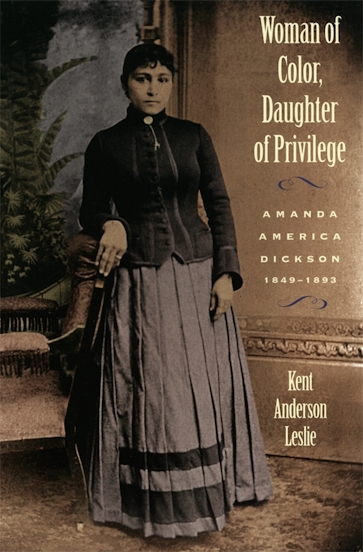Latining America: Black-Brown Passages and the Coloring of Latino/a StudiesPosted in Anthropology, Books, Latino Studies, Literary/Artistic Criticism, Media Archive, Monographs, Social Science on 2012-09-18 22:02Z by Steven |
Latining America: Black-Brown Passages and the Coloring of Latino/a Studies
University of Georgia Press
2013-02-01
288 pages
5 b&w photos
Trim size: 6 x 9
Cloth ISBN: 978-0-8203-4435-5
Paper ISBN: 978-0-8203-4436-2
Ebook ISBN: 978-0-8203-4479-9
Claudia Milian, Associate Professor of Spanish & Latin American Studies
Duke University
With Latining America, Claudia Milian proposes that the economies of blackness, brownness, and dark brownness summon a new grammar for Latino/a studies that she names “Latinities.” Milian’s innovative study argues that this ensnared economy of meaning startles the typical reading practices deployed for brown Latino/a embodiment.
Latining America keeps company with and challenges existent models of Latinidad, demanding a distinct paradigm that puts into question what is understood as Latino and Latina today. Milian conceptually considers how underexplored “Latin” participants—the southern, the black, the dark brown, the Central American—have ushered in a new world of “Latined” signification from the 1920s to the present.
Examining not who but what constitutes the Latino and Latina, Milian’s new critical Latinities disentangle the brown logic that marks “Latino/a” subjects. She expands on and deepens insights in transamerican discourses, narratives of passing, popular culture, and contemporary art. This daring and original project uncovers previously ignored and unremarked upon cultural connections and global crossings whereby African Americans and Latinos traverse and reconfigure their racialized classifications.









